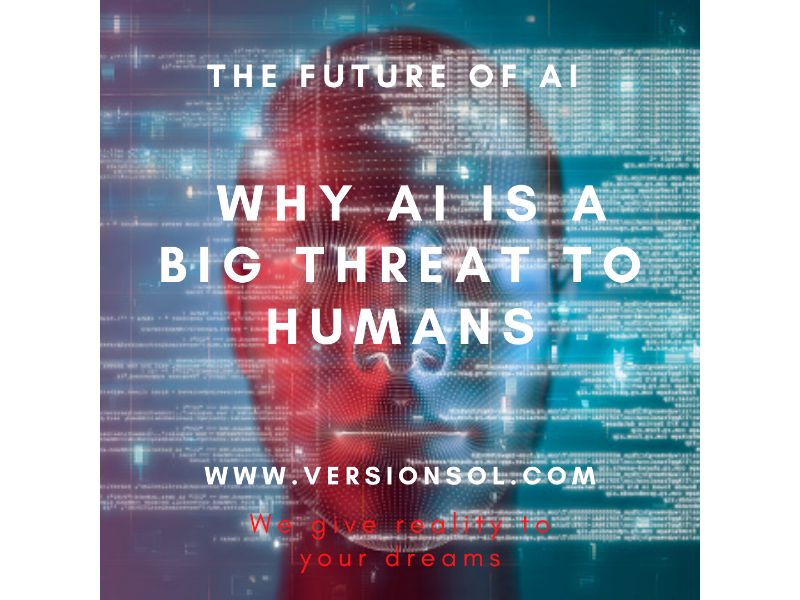Future of AI: Robotics and AI are typically merged to achieve the goal of machines being able to operate automatically. And to comprehend and interpret the world around it. While AI is one automation technology. It is assisting robotics in moving into new domains such as self-driving automobiles, shipping robotic systems, and learning new abilities. General Motors and Honda unveiled the Cruise Existence. An electric-powered autonomous car, at the start of 2020. While Waymo’s self-driving division, recently launched its robotic cab service in Arizona, spanning a 50-square-mile radius.
Future Of AI: Realistic Visuals
We are on the edge of developing machine learning that can establish realistic visuals or accurately duplicate anyone’s speech. With it lies the potential for great social disruption. Such as the inability to accept visuals or audio recordings as authentic. Questions are being highlighted about how such innovations will be used to embezzle people’s personal photographs, with tools being developed to effectively insert famous people into explicit videos.
Recognition of speech and language
Future of AI: Machine-learning methods have enabled machines in understanding what people are saying with nearly 95% efficiency. Microsoft’s Artificial Intelligence and Data analysis group is trying to launch the development of a system. That can precisely convert conversational English into professional translators.
Expect speaking to machines to become more widespread alongside more traditional types of human-machine connection. As researchers strive for 99 percent accuracy. Meanwhile, the Open Artificial intelligence language predictive algorithm hit the headlines for its ability to produce articles that appear to be real.
The future of AI Security: The facial recognition
The dramatic increase in Facial recognition algorithms of AI technology in recent years. Claims it can match faces with 99 percent accuracy if the face is visible in the video. While police forces in Western countries mostly utilize facial recognition technologies at huge events, in China. It has become ubiquitous. Authorities are launching a state-wide initiative to link CCTV around the state. To face detection and employ AI systems to track offenders and possible suspects. As well as expand police use of facial-recognition eyewear.
Related: AI and Chatbots
Privacy threat of AI technology
Although privacy laws vary by country. It’s probable that this more intrusive use of AI technology such as AI that detects emotion will grow more common over time. However, due to an increasing outcry and concerns about the legitimacy of recognition systems. Some of the big names like Amazon and Microsoft have made a decision not to sell these technologies to law enforcement agencies.
Closing
In summary, AI technologies have the ability to incorporate intentionality, intelligence, and flexibility in their algorithms has advanced dramatically in recent years. Ai system evolves as it proceeds and integrates actual experience in its decision-making. Rather than being mechanistic or deterministic in its operation. It helps to improve efficiency and extends professional abilities in this way. These advancements also make people fearful of apocalypse visions made popular by Hollywood. People are concerned when AI-powered robots take over from humans or erode essential values. Leading them to ask whether AI is making a positive contribution or harming mankind’s essence.
